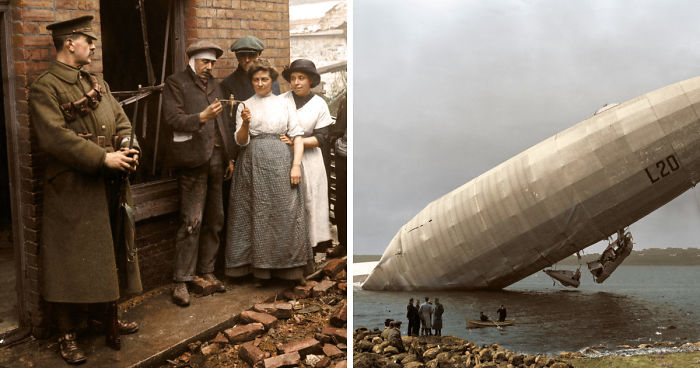
I’ve Colourised These Photos Of England’s ‘First Blitz’ Over 100 Years Ago
They were the height of luxury travel before the war, but nobody imagined the death and destruction that airships could bring to Britain’s streets during World War One.
Colourised images © Tom Marshall (PhotograFix) 2018
Original images by H. D. Girdwood – Source The British Library
Tom Marshall is a British photo colouriser.
More info: photogra-fix.com | Facebook
German Zeppelin airships began to attack English towns on the night of 19th January 1915, resulting in the first British civilian casualties of the war.
Approximately 4,800 British civilians were killed or wounded as a result of German air raids from 1914 to 1918 and the attacks on defenceless children in particular led the Zeppelins to be nicknamed ‘baby killers’ by the British public.
One of the worst raids took place on 13th June 1917, when 162 people were killed in London.
Zeppelins were like no other weapon ever encountered before. They were almost impossible to spot in the night sky, they flew higher than any British aeroplanes could reach, and were out of range of any guns, making them almost impossible to destroy, and terrifying the citizens of English towns and cities.
These photos of Zeppelin bomb damage were taken by Charles Hilton DeWitt Girdwood in 1915, and the original photos are now held by the British Library. The locations and dates aren’t specified, but they are ‘Somewhere in England, spring 1915’.
The Raider of Loughborough
The airship pictured is the LZ 59 (bombing code L20). Zeppelin L20 was known as the ‘Raider of Loughborough’ after her part in an attack on the English Midlands.
On 31st January 1916, nine airships, including L20 left Germany and Denmark in order to attack the docks at Liverpool, which would have shocked the British public due to the long range of the attack.
The airships never reached Liverpool and, due to a miscalculation, instead dropped their bombs on several towns including Tipton, Wednesbury, Walsall, Burton upon Trent, Nottingham, Derby, and Loughborough.
L20 killed an estimated 10 people in Loughborough including Mary Anne Page and two of her children, whose names can be seen on a plaque in Loughborough Carillon Park.On 2nd May 1916, L20 began its second bombing raid on Britain with the intention of attacking factories and railways in Middlesborough, Stockton-on-Tees and Hartlepool, and targeting enemy warships near Edinburgh.
However, engine problems and strong winds led the airship to veer off course. High winds blew her out into the North Sea and to neutral Norway where she crash landed into Hafrsfjord near Stavanger. The photo above is by Hans Henriksen / Stavanger City Archive.
2Kviews
Share on Facebook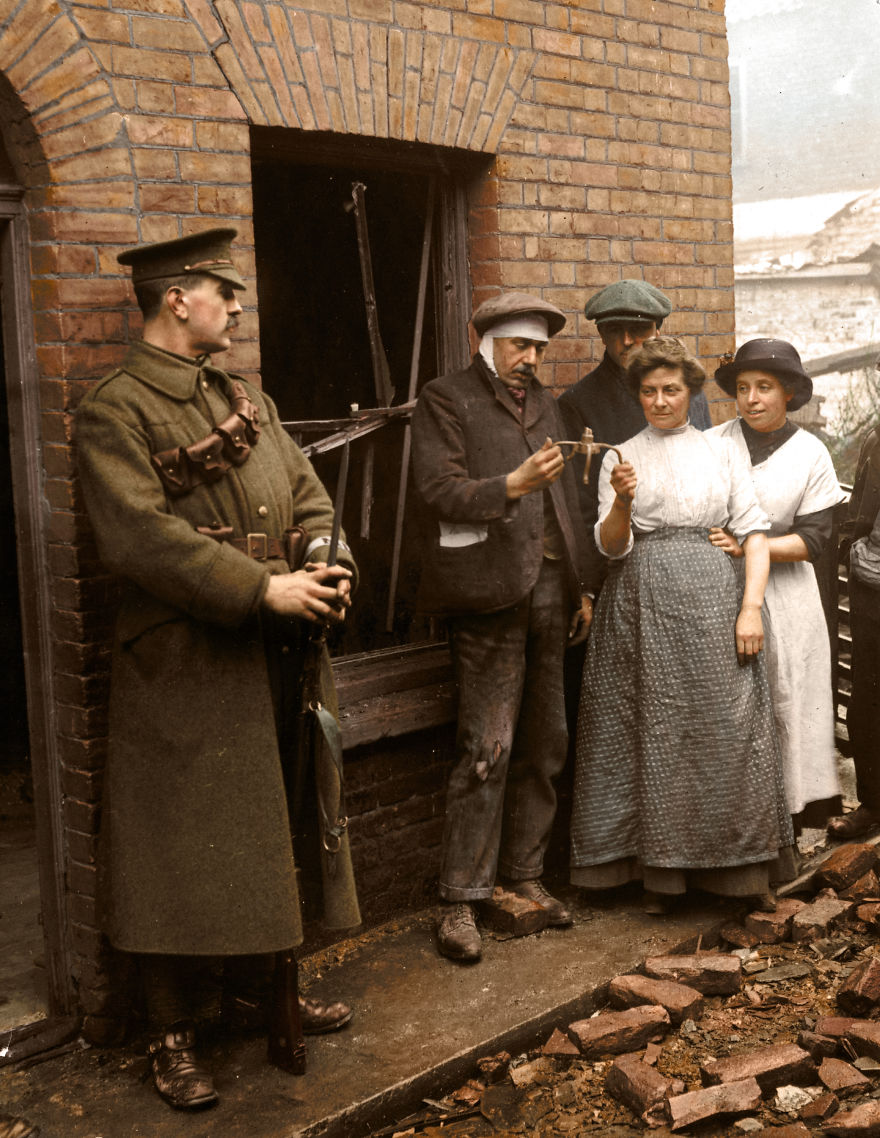
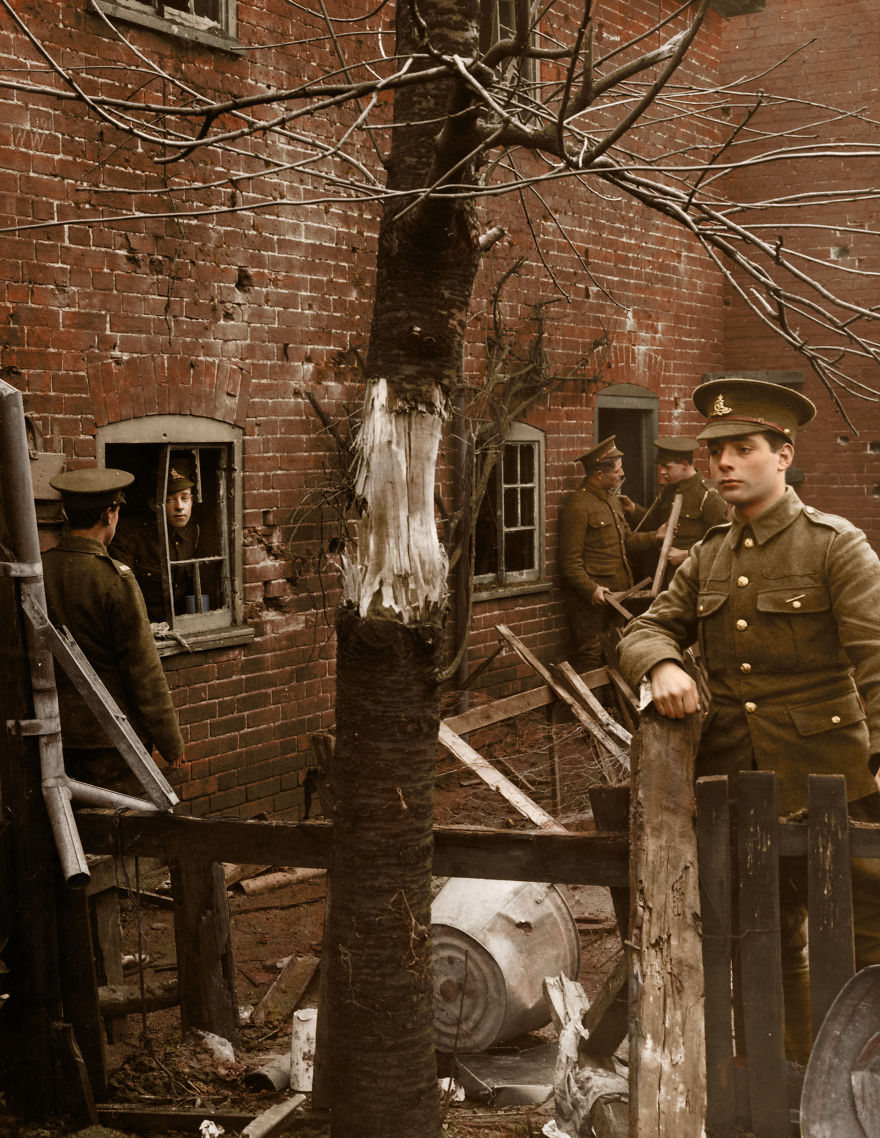
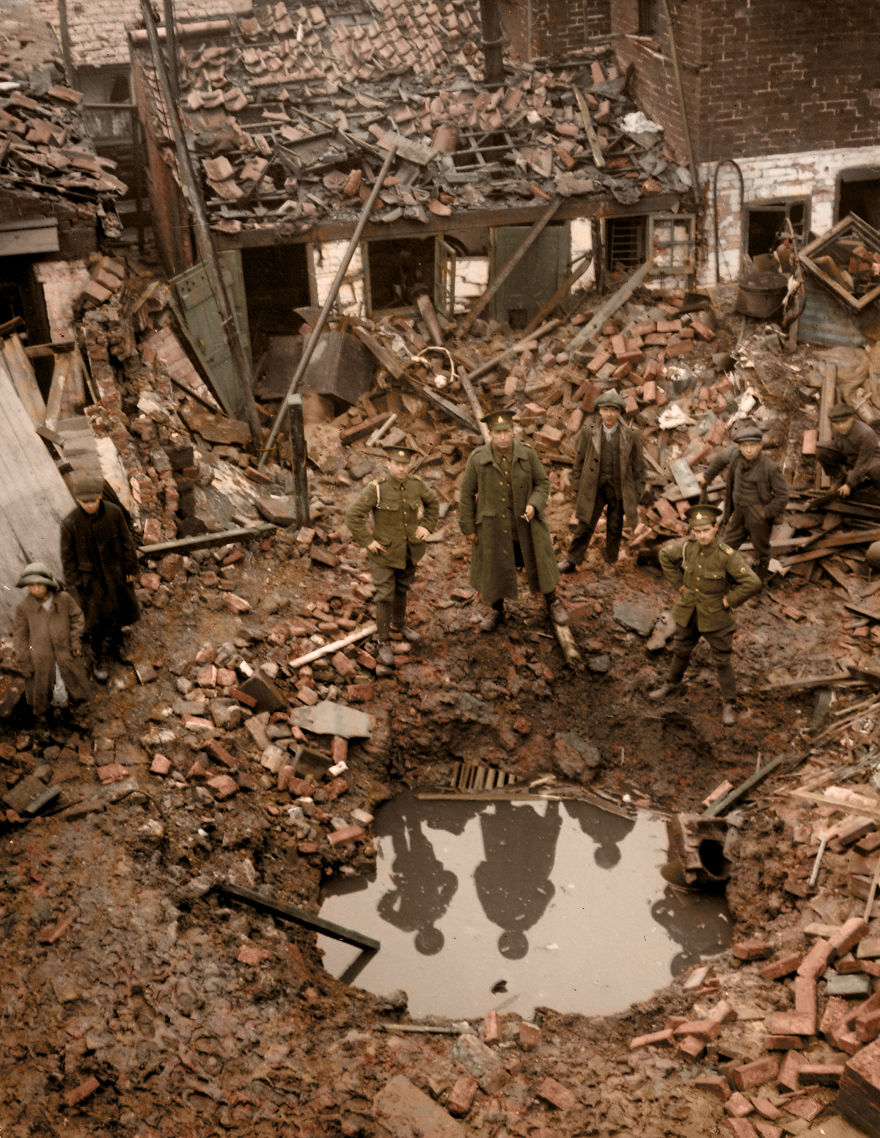
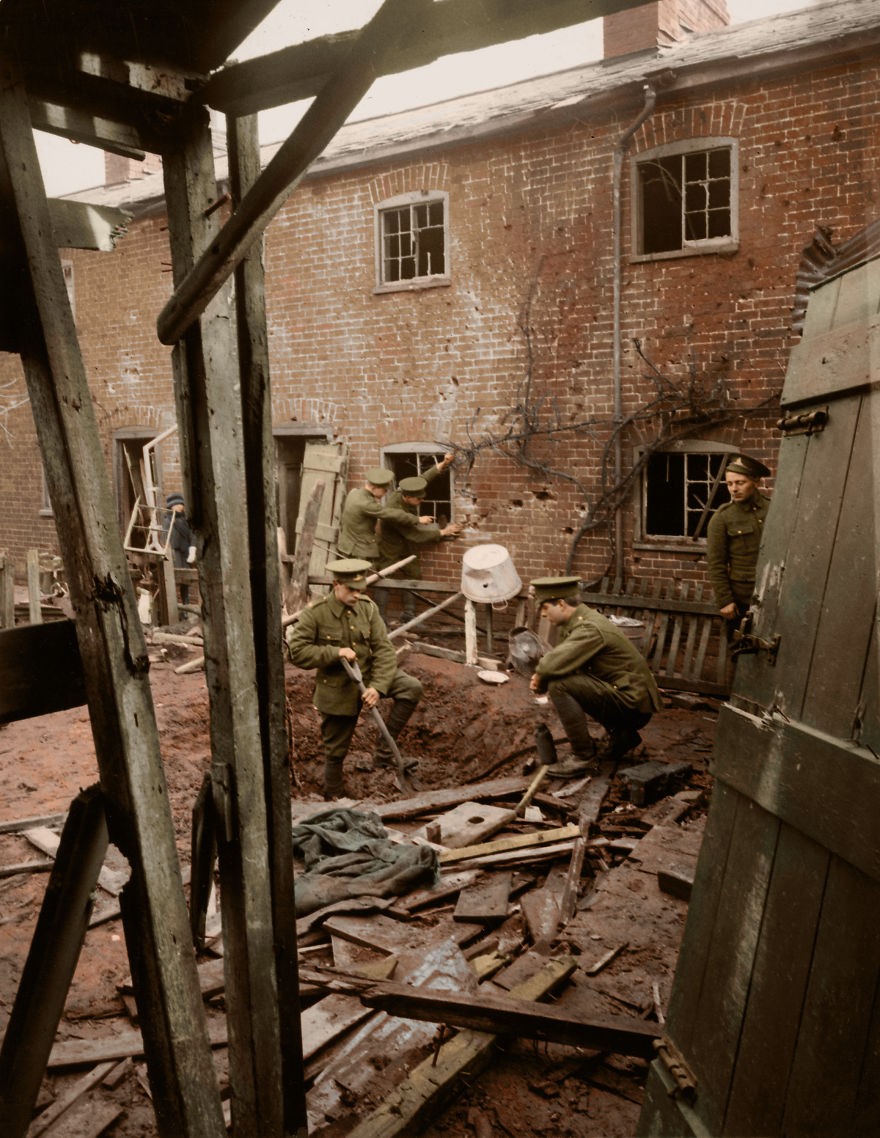
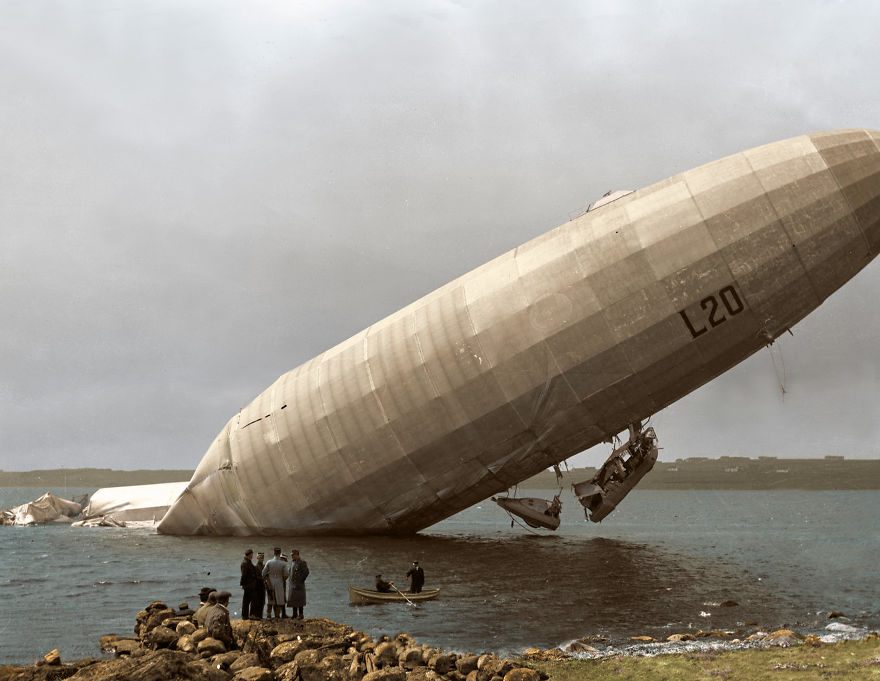



25
0